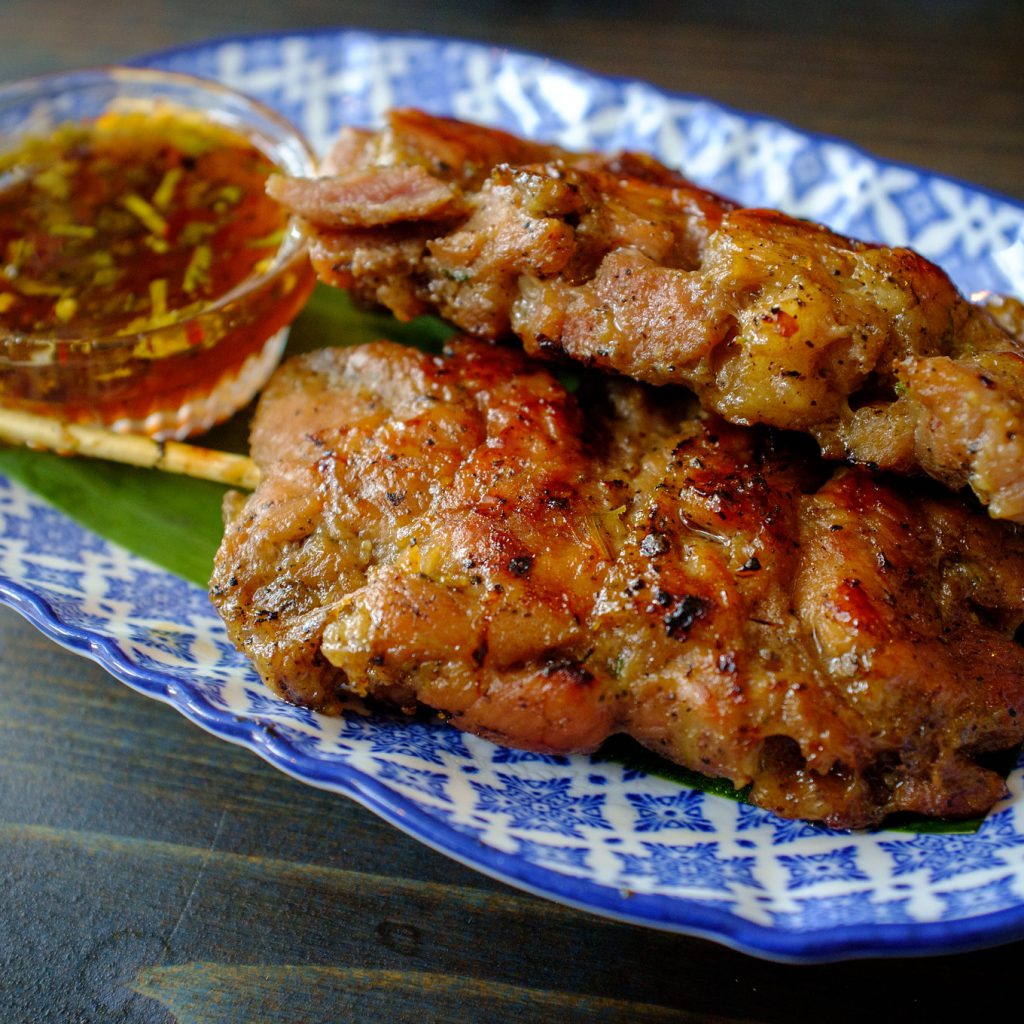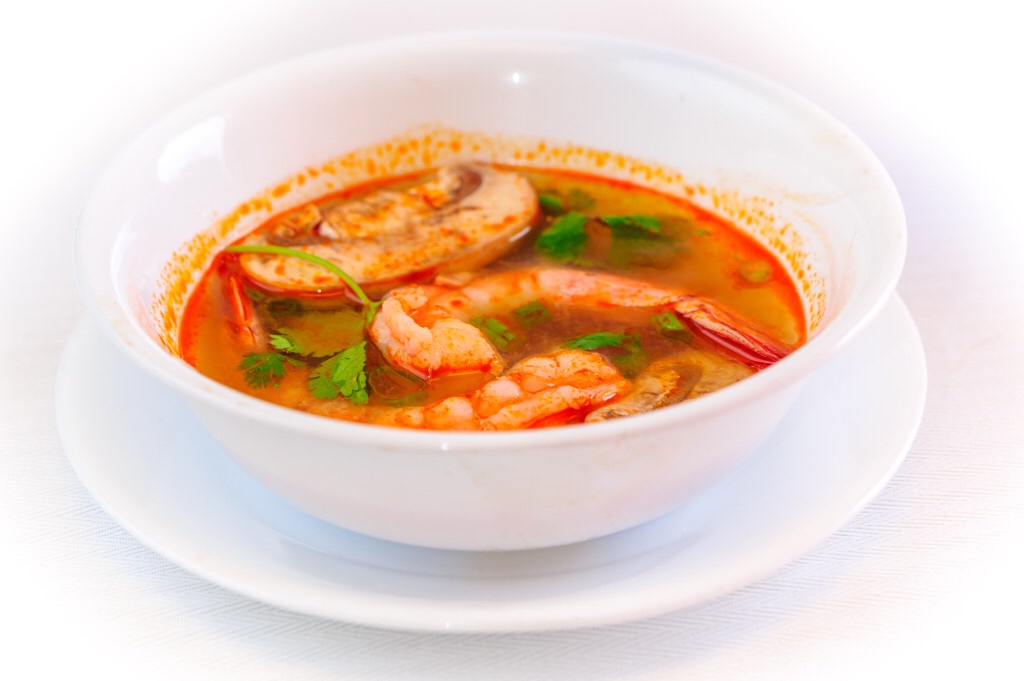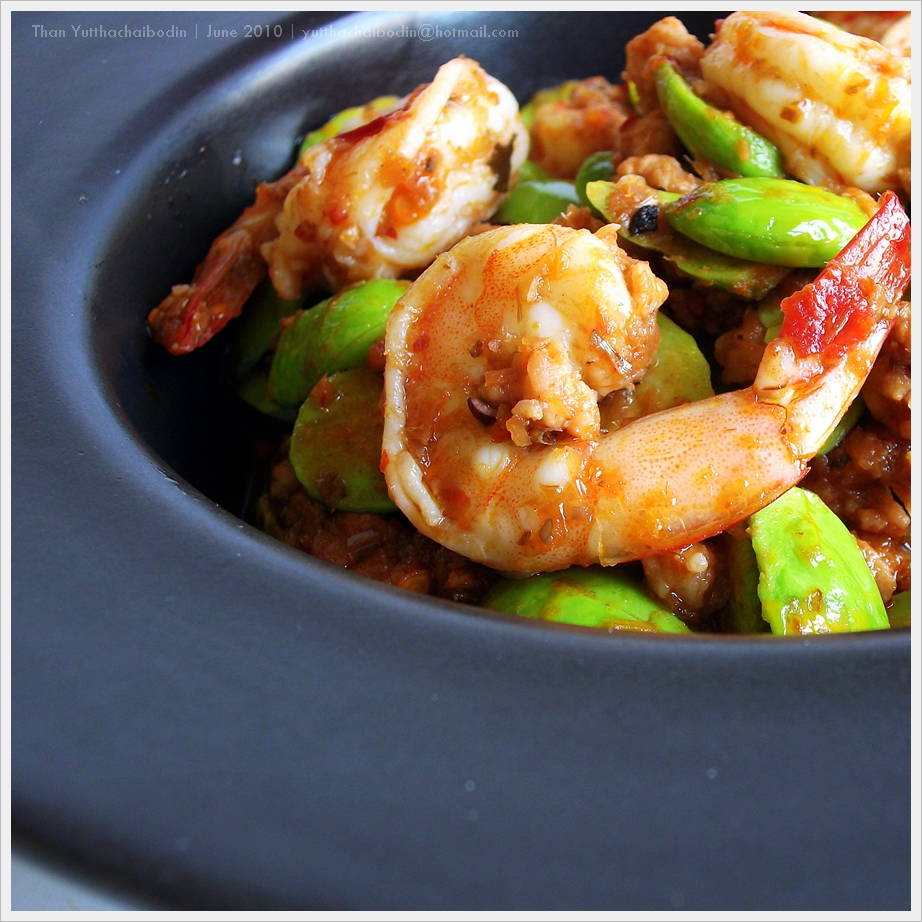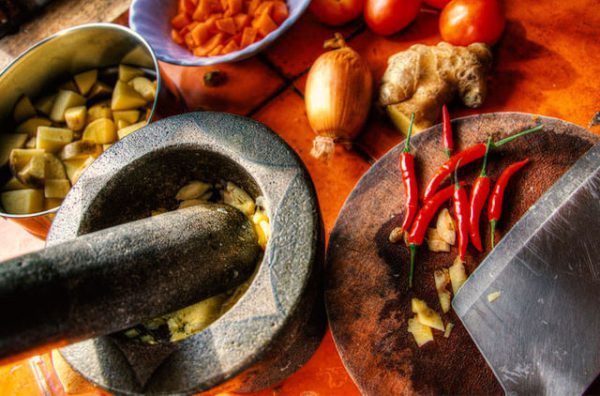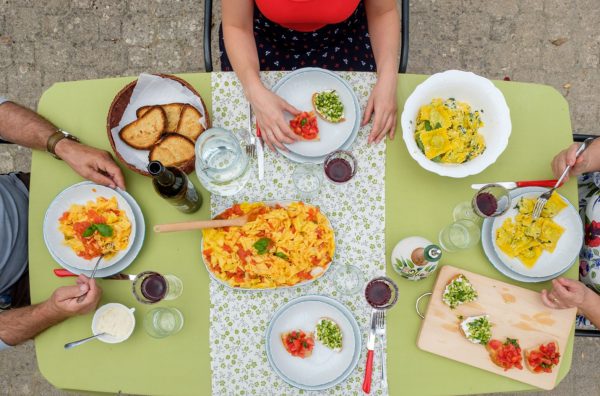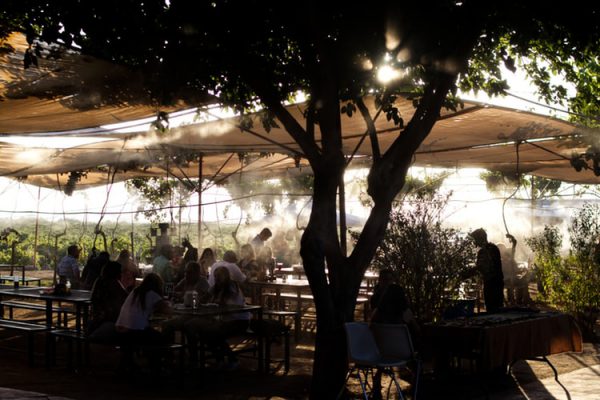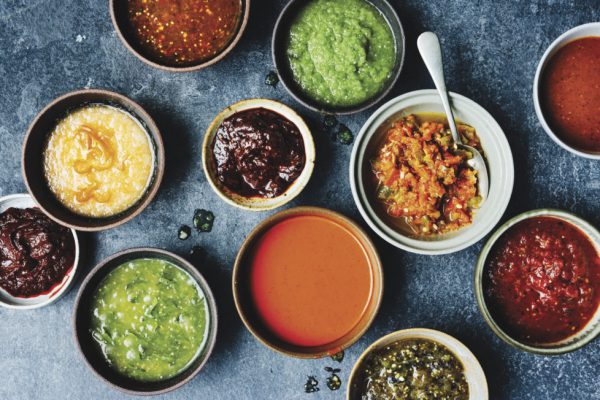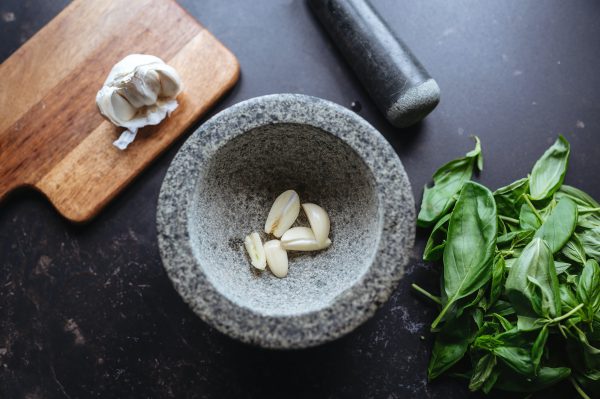Last Updated on May 18, 2023
What makes Thai food amazing is that it celebrates fresh ingredients and bold flavors at the same time. A Thai dish is never complete without combining something spicy, sour, sweet, and salty. The tricks Thai cooks have been incorporating seem to be working just fine, as Thai cuisine is also one of the most celebrated cuisines around the world.
But where to begin? Should you follow the crowds to the bustling street food stalls of Bangkok or venture off the beaten path to discover the hidden gems in the countryside? The possibilities are endless, and the only way to truly immerse yourself in the delicious food and discover everything Thai cuisine has to offer is to get out there and eat!
So grab a fork, pack your bags, and get ready to embark on the ultimate food journey through the land of smiles. In this guide, you’ll find the top Thai cities for foodies.
The Top Thai Cities for Foodies and What to Try
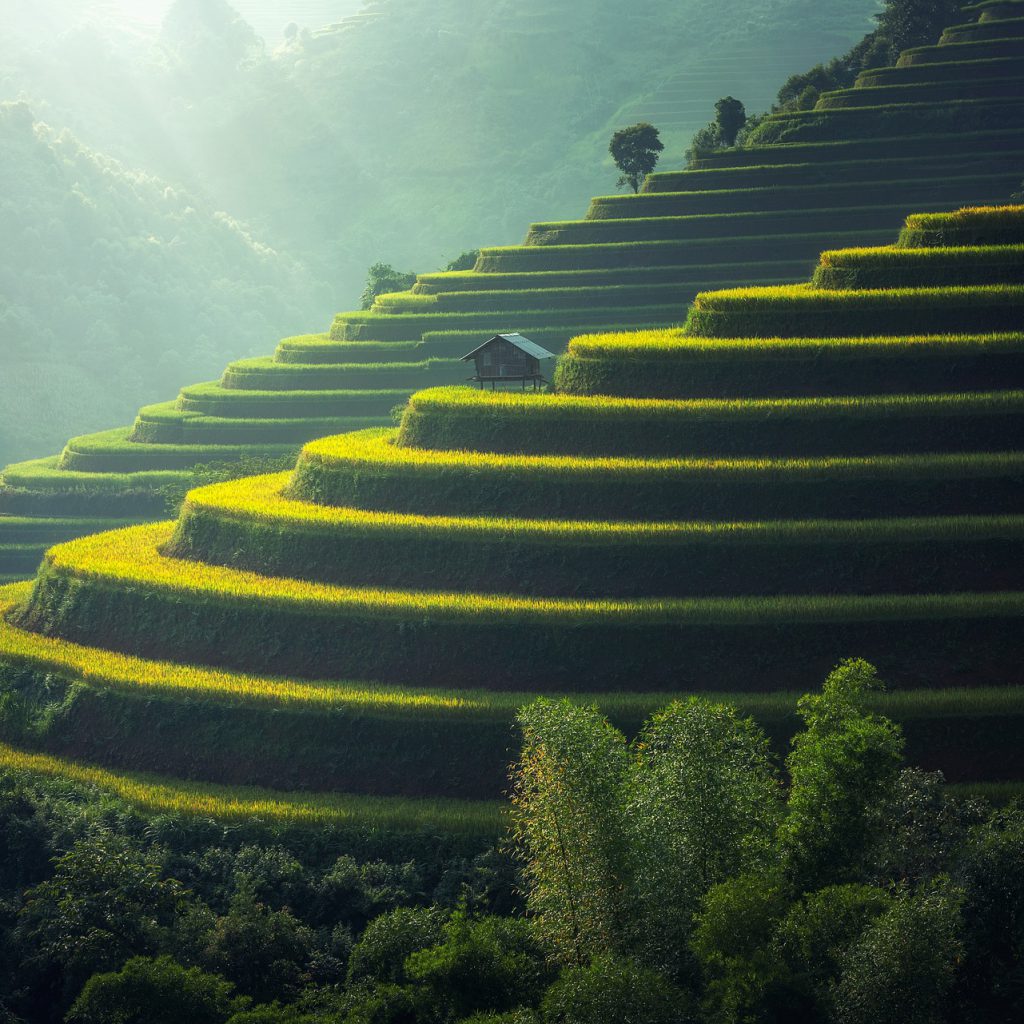
Thai cooks often use a wide variety of vegetables, fruits, and meats. Some special ingredients you’ll find a lot in Thai food are fresh herbs and spices like lemongrass, kaffir lime leaves, and chili peppers. These ingredients give Thai food its unique and complex flavor profile, which helps balance different flavors.
The dishes are usually presented with beautifully arranged fruit, vegetables, and herbs, from colorful curries to stir-fries. Thai food is a feast for the eyes as well as the taste buds.
Having said that, Thailand is huge, and the cuisines in different regions are not quite the same. There are 4 main regions that come off strong with their gastronomical traditions. Each of these regions has developed its own cuisine through different influences, which we’ll discuss in detail below.
Northern Thailand: Chiang Mai
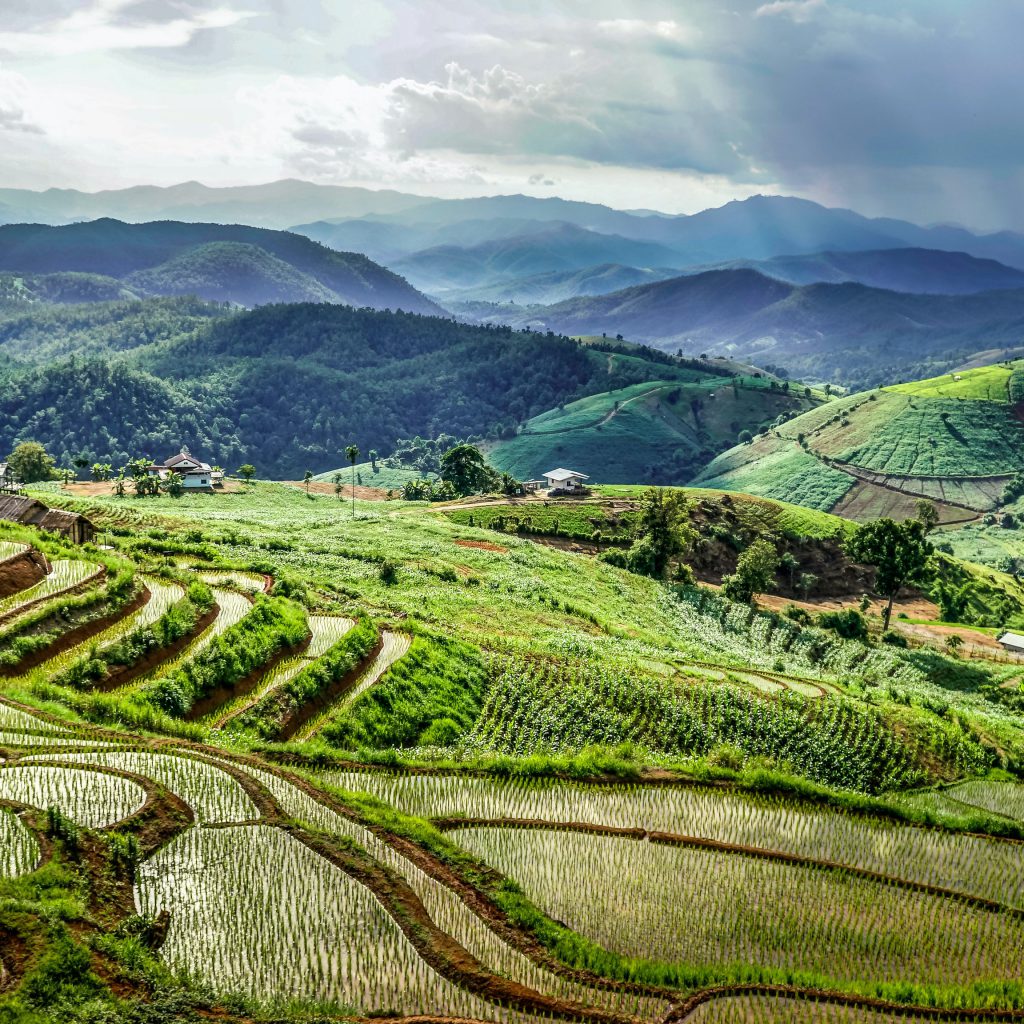
Northern Thai cuisine is known for its use of fresh, high-quality ingredients and bold flavors. The region’s mountainous terrain and fertile soil provide an abundance of produce, including tomatoes, eggplants, and peppers, which you’ll find in most traditional dishes.
Grilled meats, such as pork and chicken, are also popular in Northern Thai cuisine, as are noodle dishes and curries made with coconut milk.
Dishes here tend to be milder in flavor than in other Thai regions, as the vegetables and meats used are strong enough to stand on their own without too much seasoning.
Chiang Mai, the region’s largest and most culturally significant city, is also one of the most popular travel destinations in the country and a major foodie scene. For that reason, gastronomic endeavors in the city ascend the region’s traditions. Apart from Thai food, you’ll find different international cuisines here, like Italian, Western, and Indian.
You’ll also find crafty cafes, bars, and restaurants where you can try fusion food, creative spin-offs from traditional Thai recipes, and shaggy stalls that sell excellent traditional Thai food.
Chiang Mai is also full of events you can join in enlarging your horizon on the cuisine. You can learn traditional ways of handling ingredients at an organic farm, be a guest at a traditional Chiang Mai house and cook all day, or join a food adventure by bike around the city.
Curious about what to eat in Chiang Mai? Here are some of the city’s most popular Thai foods.
Khao Soi
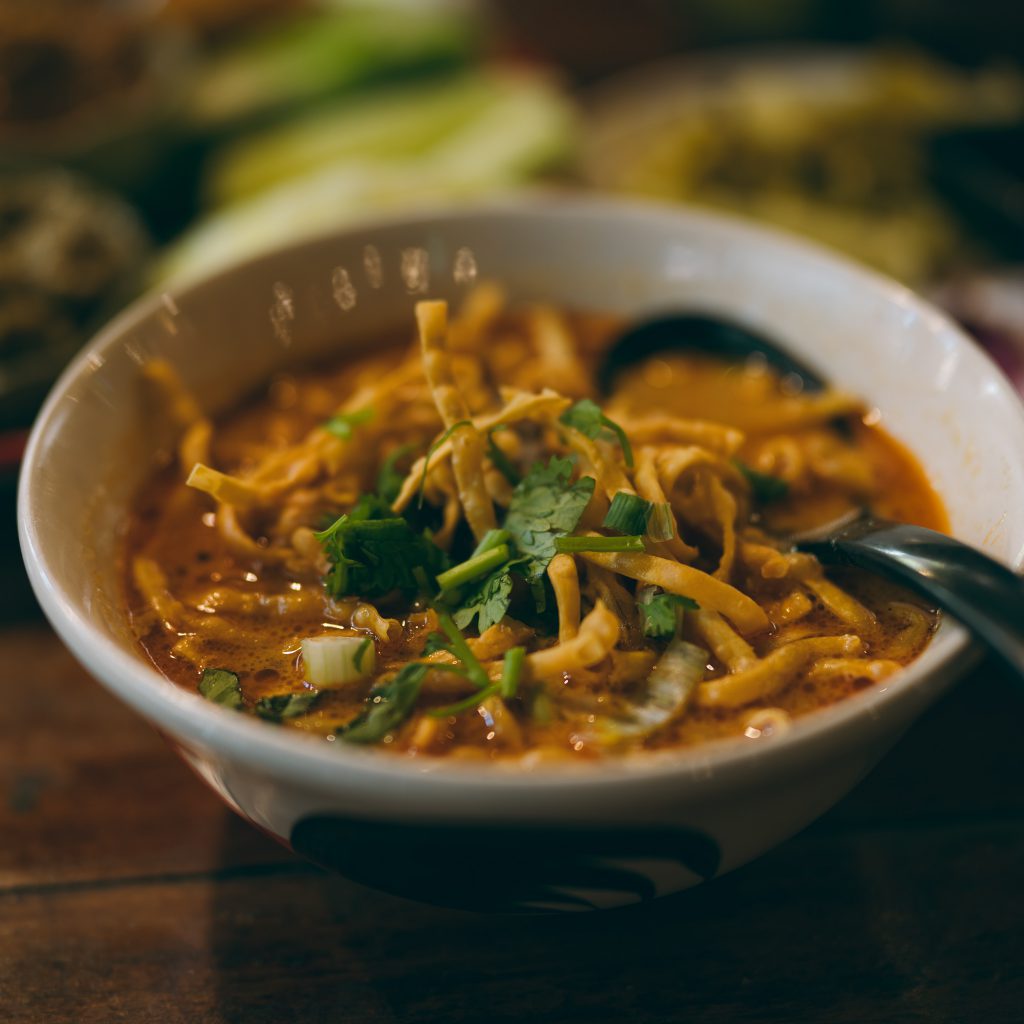
One of the signature dishes of Northern Thai cuisine is Khao Soi, a curry soup made of coconut milk served over egg noodles with a handful of crispy, deep-fried noodles on top that adds a visual impact and amazing texture to the dish. You can have pork, chicken, or beef khao soi, all of which are delicious and hearty and guaranteed to fill you up nicely.
Khan Toke
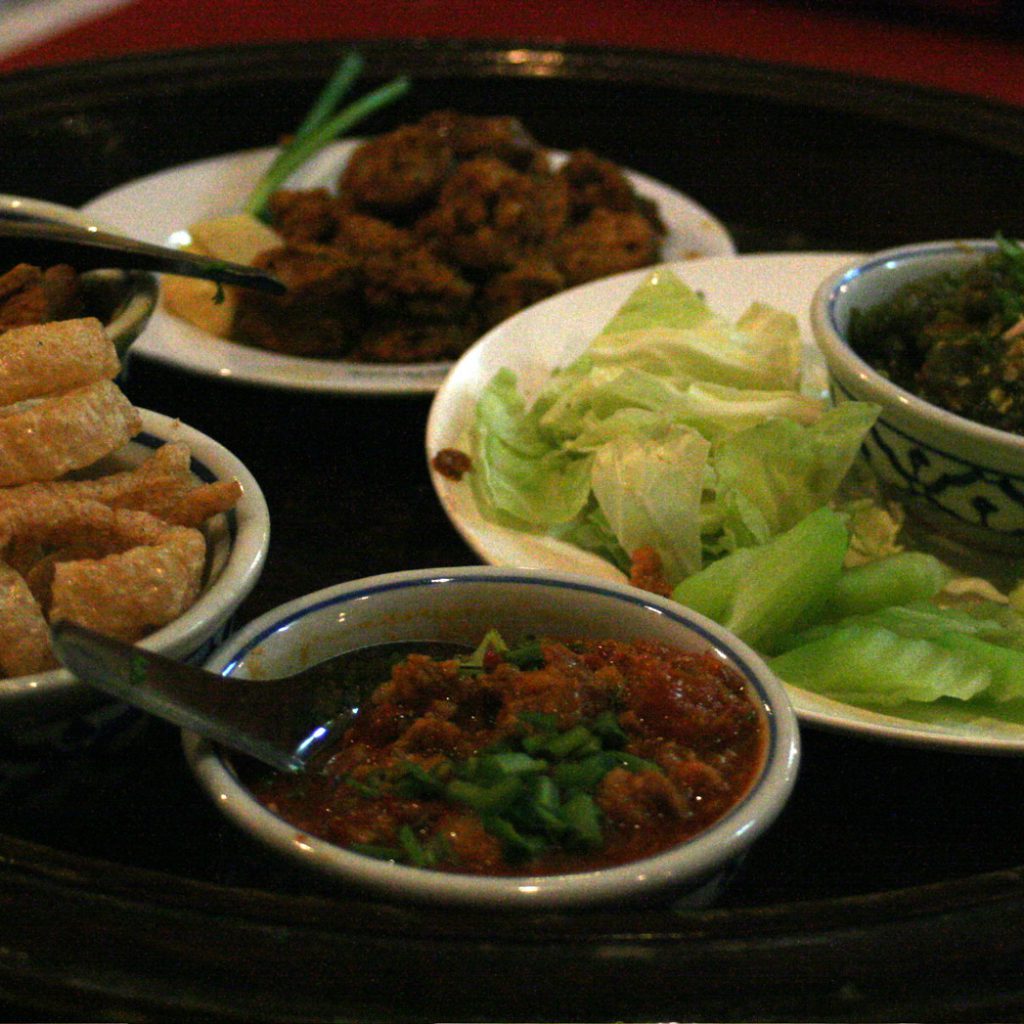
Khan toke isn’t a dish per se. It’s actually the name for a traditional dining experience typical for the Lanna region in Northern Thailand. It involves sitting on cushions around a low table and enjoying a variety of traditional northern dishes like grilled meats, stir-fries, salads, soups, and desserts served family-style.
Khan toke dinners are often accompanied by live traditional Thai music and dance performances, making them a cultural as well as culinary experience.
Sai Ua
Sai ua is a spicy sausage packed with herbs and spices. It’s usually made of ground pork, garlic, shallots, dried chili peppers, and tangy herbs and spices. The sausage is wrapped in pork fat or banana leaves and grilled or smoked. It does resemble the northeastern-style Isan sausage but has a richer and meatier flavor with strong herbal and chili aromas.
Nam Prik Nume and Nam Prik Ong
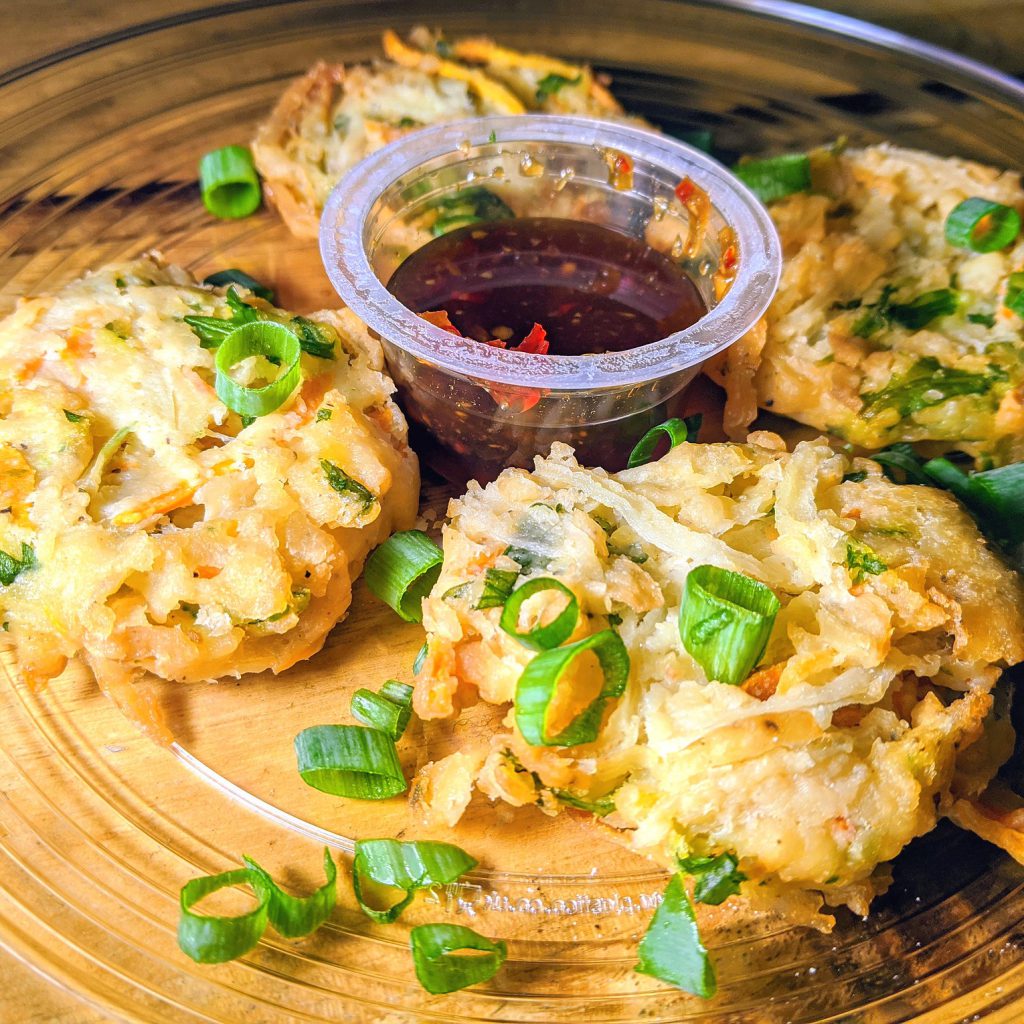
Nam prik nume and nam prik ong are two popular chili dips from Northern Thailand. Nam prik nume is made of roasted spur peppers and has a very spicy flavor, while nam prik ong features a milder taste. It’s made of ground pork and a tomato-based paste seasoned with coriander, spring onions, and dried bird’s eye chili peppers.
Both of the condiments are very popular in Northern Thailand and are served with many dishes like grilled meats, vegetables, and sticky rice, as well as fresh vegetables like long beans or cucumbers as a dip.
Kaeng Hang Le
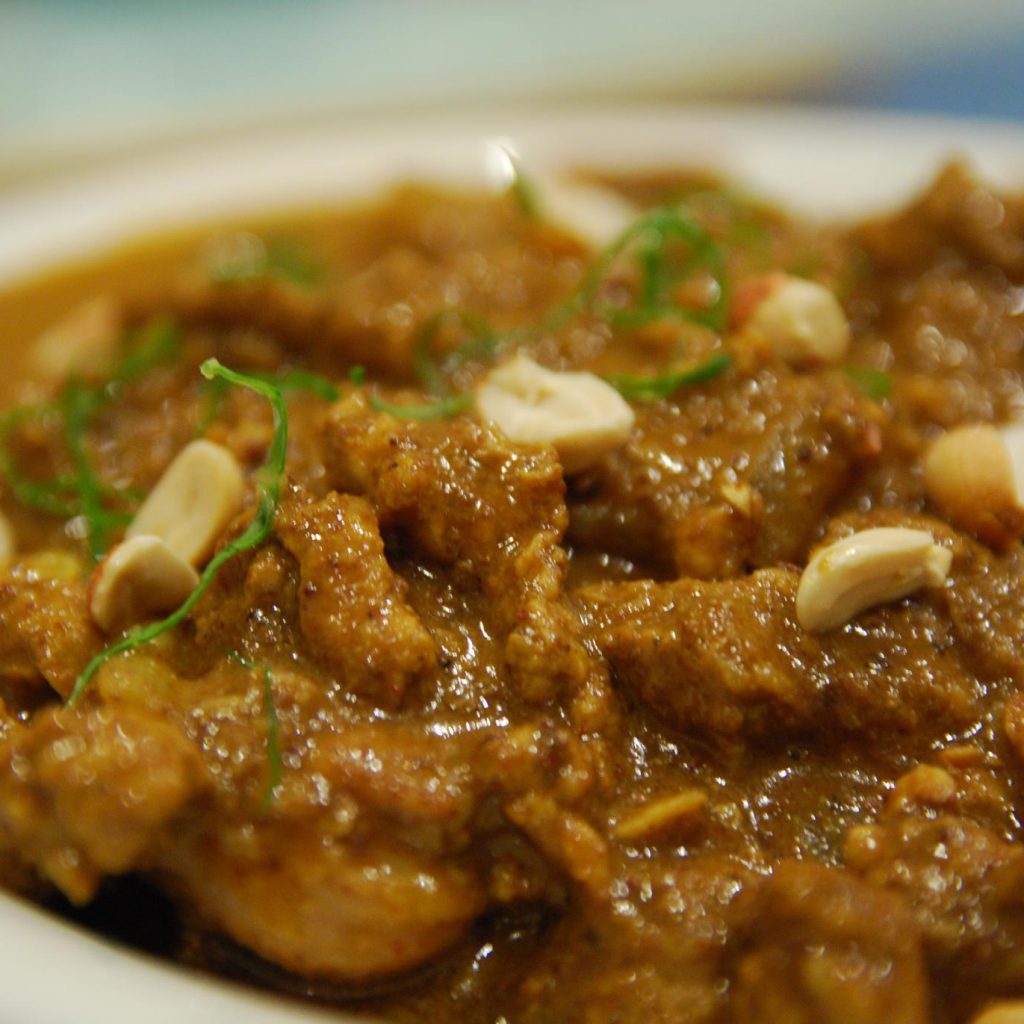
This is a yellow curry from Northern Thailand. It’s made of pork chunks, shallots, and shrimp paste all mixed in a tamarind-based sauce. The dish originated in Burma, where it’s made with much more oil but no coconut cream or spices. The Thai version is lighter and richer in creamy notes and spices.
NorthEastern Thailand: Isan
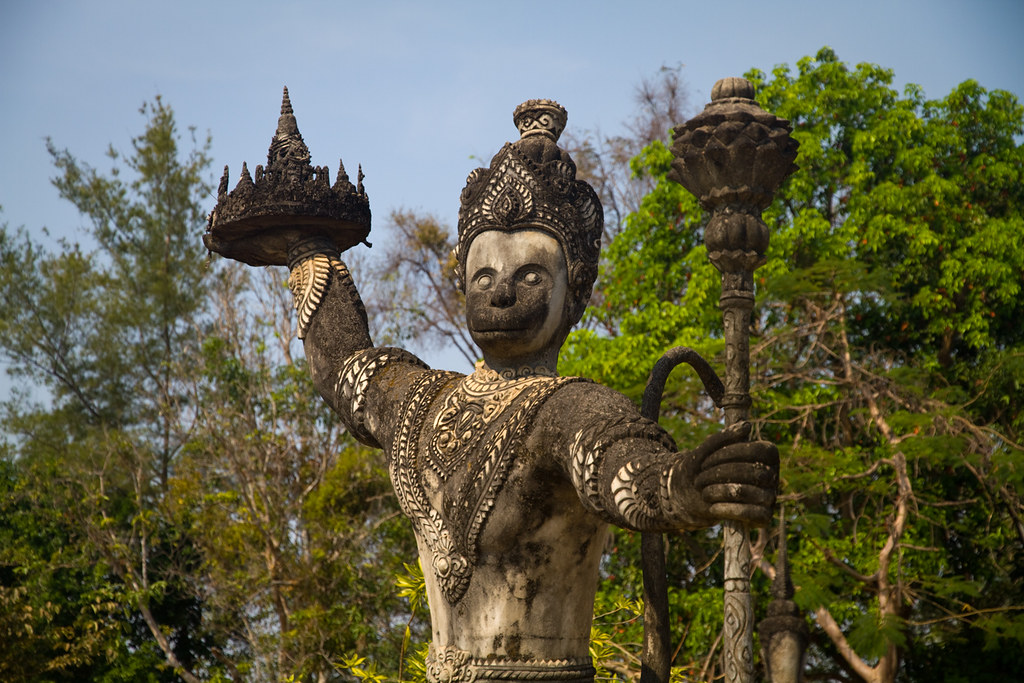
Isan is a major city in North-Eastern Thailand where the cuisine is known for its bold flavors and the use of fermented and pickled ingredients, such as fish sauce and green papaya. Grilled meats, including chicken and pork, are also a staple of Isan cuisine, as are sticky rice and tams (salads with fresh vegetables and herbs).
Isan cuisine isn’t the type of food that pops up in Western minds when they think of Thai food. Even though it’s not as popular worldwide as the cuisines from other Thai regions, it’s quite popular within the country.
Instead of the long-simmered curries common for other parts of Thailand, Isan cuisine is characterized by its fresh, bright, and savory salads flavored with ingredients like dried shrimp, lime, chili peppers, peanuts, fresh fruits and vegetables, and fresh herbs.
Sticky Rice
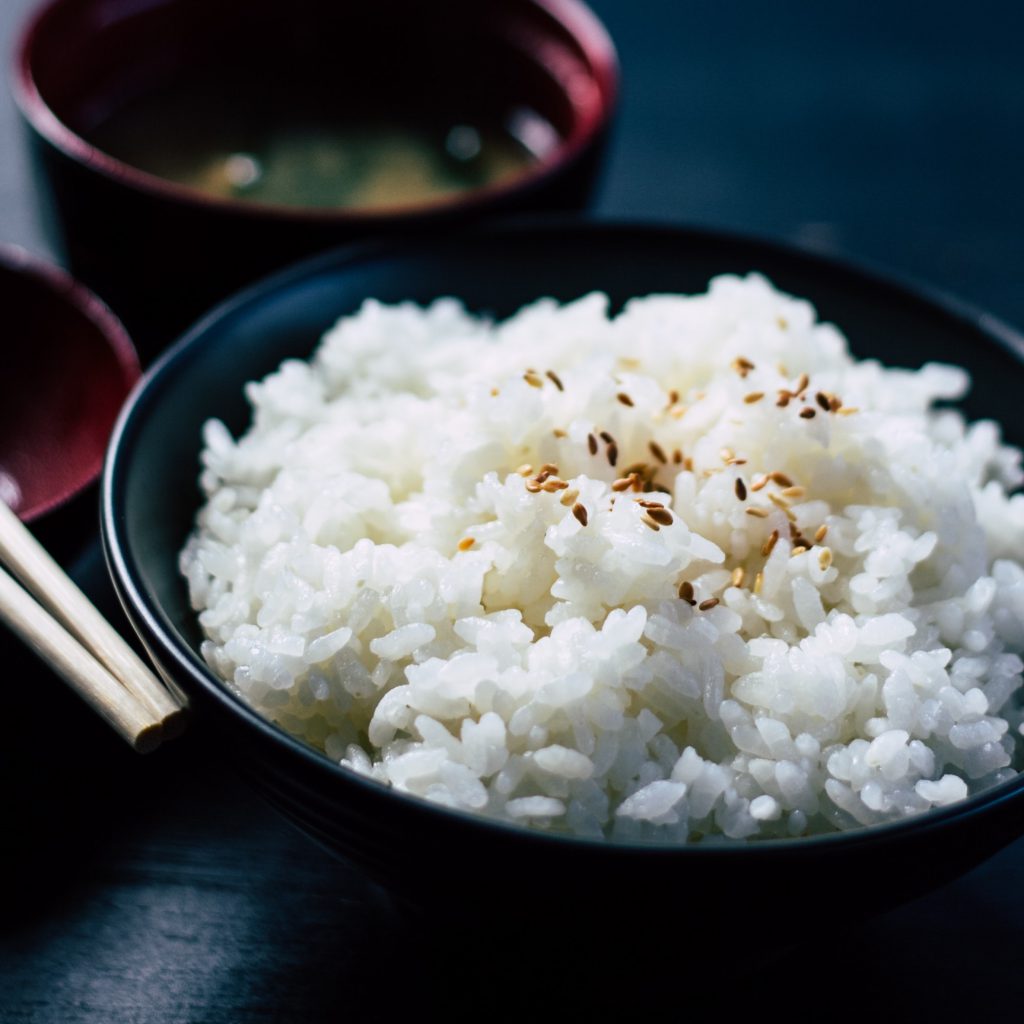
Isanians prepare rice as one big, sticky clump, the clumpiest of all sticky rice you’ll find throughout Asia, served in a small bag or steamer. Isanian sticky rice is pretty hard to eat with utensils, so locals typically eat it with their hands by pulling off a clump and dipping it into the side dish (usually a meaty stew or a tom).
Som Tam
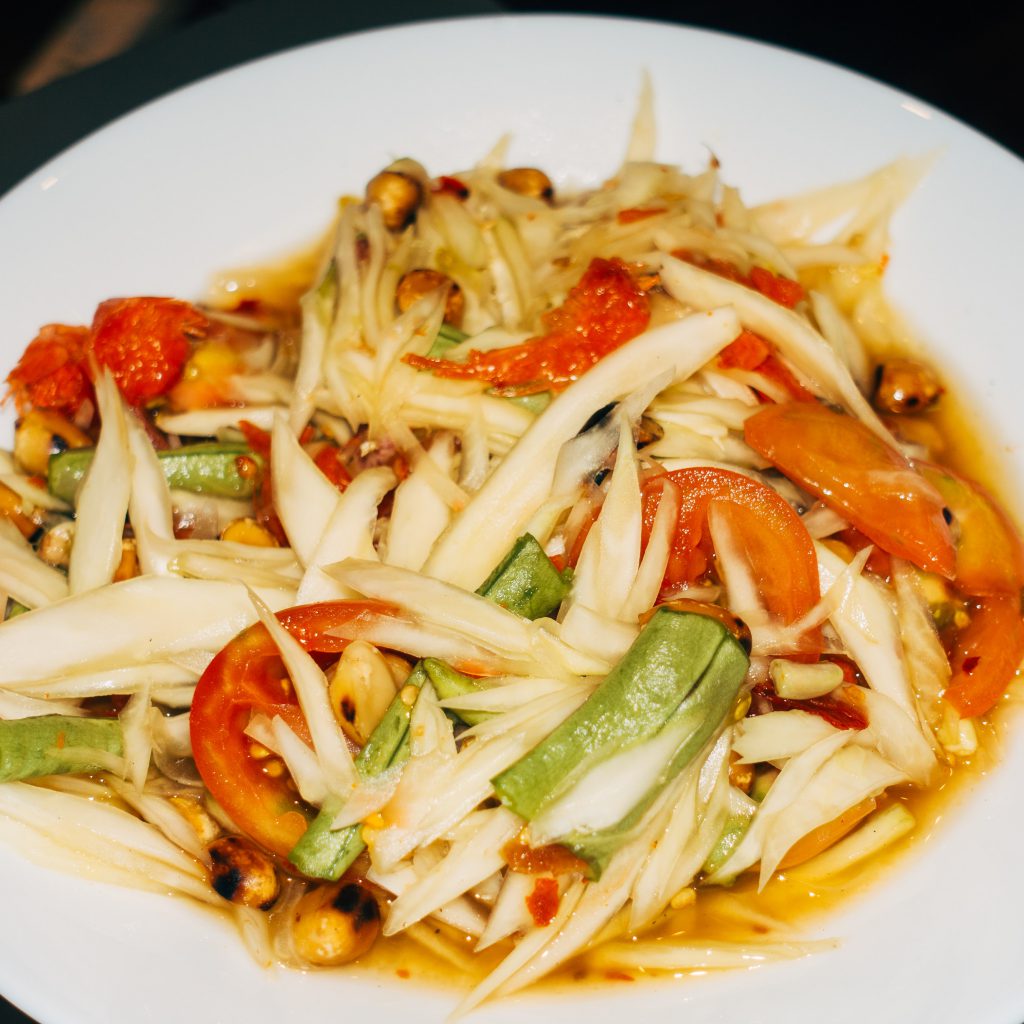
Som tam is a salad made with raw papaya, chili peppers, garlic, green beans, peanuts, fish sauce, and various other ingredients. All the ingredients are pounded together in a mortar to get a salty, tangy, sweet, and spicy mash.
Som tam is often served as a side dish with grilled chicken or other meats. Coming from Isan, som tam is a very popular dish throughout the whole country, so you can find it at street food stalls and restaurants all around Thailand.
Larb and Nam Toke
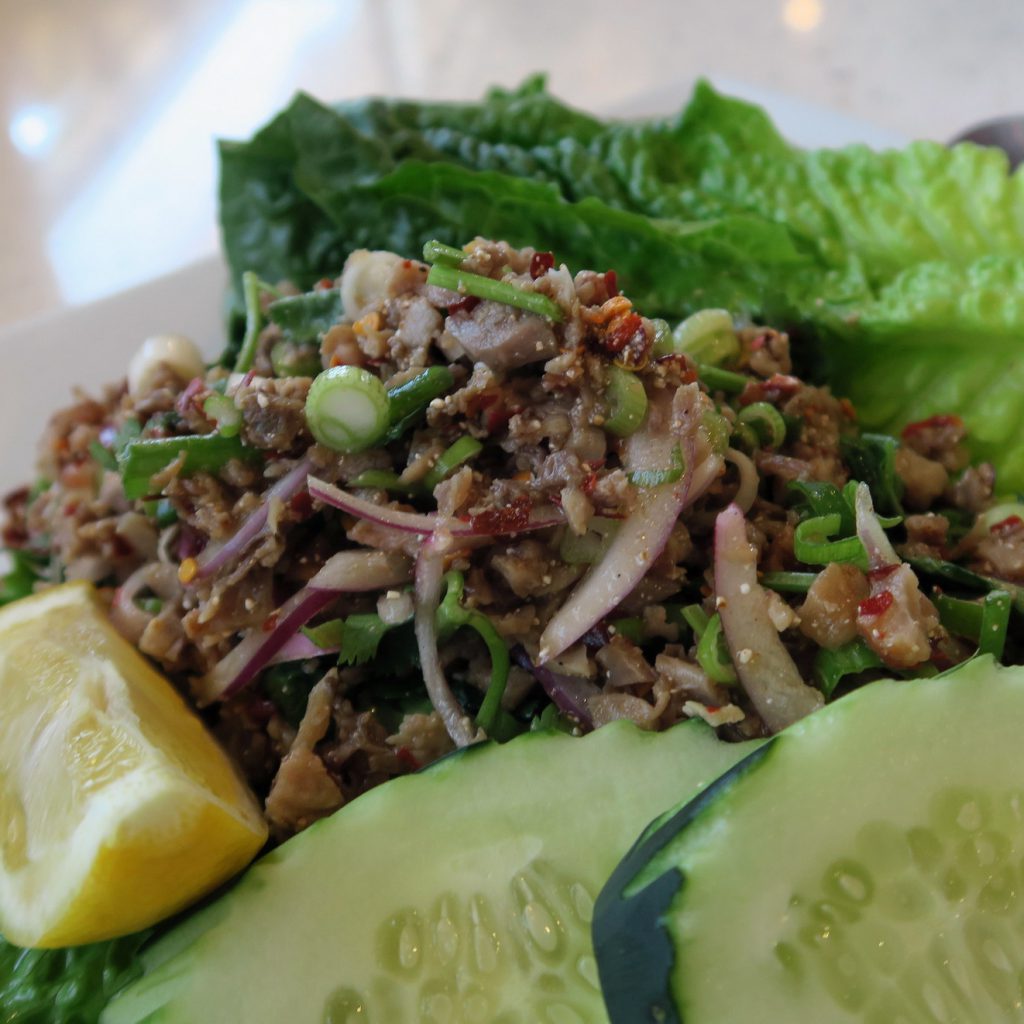
By Kirk K
Larb and nam toke are two different meat salads. Larb is made of ground meat, and nam toke is made of sliced grilled meat. They are both laid in a sauce made of crunchy roasted rice, fish sauce, lime, and other aromatizers. Both of these dishes are often served at room temperature and are one of the most refreshing dishes in Thai cuisine.
Gai Yang (Grilled Chicken)

By jj angie
This is another Isan specialty that’ll get you hooked. Isanian chefs cook the chicken on a petite charcoal grill that you can spot on the side of the street you’re walking on. It’s a very common way to fill one’s belly in Isan.
You can also have grilled fish and pork neck from similar stalls where they bathe the meat in a simple marinade, a mixture of herbs, spices, lemon juice, and sometimes sugar, along with other aromatizers. Even though some ingredients with strong tastes and flavors go into the marinade, none overpower the taste of meat.
Fried Chicken
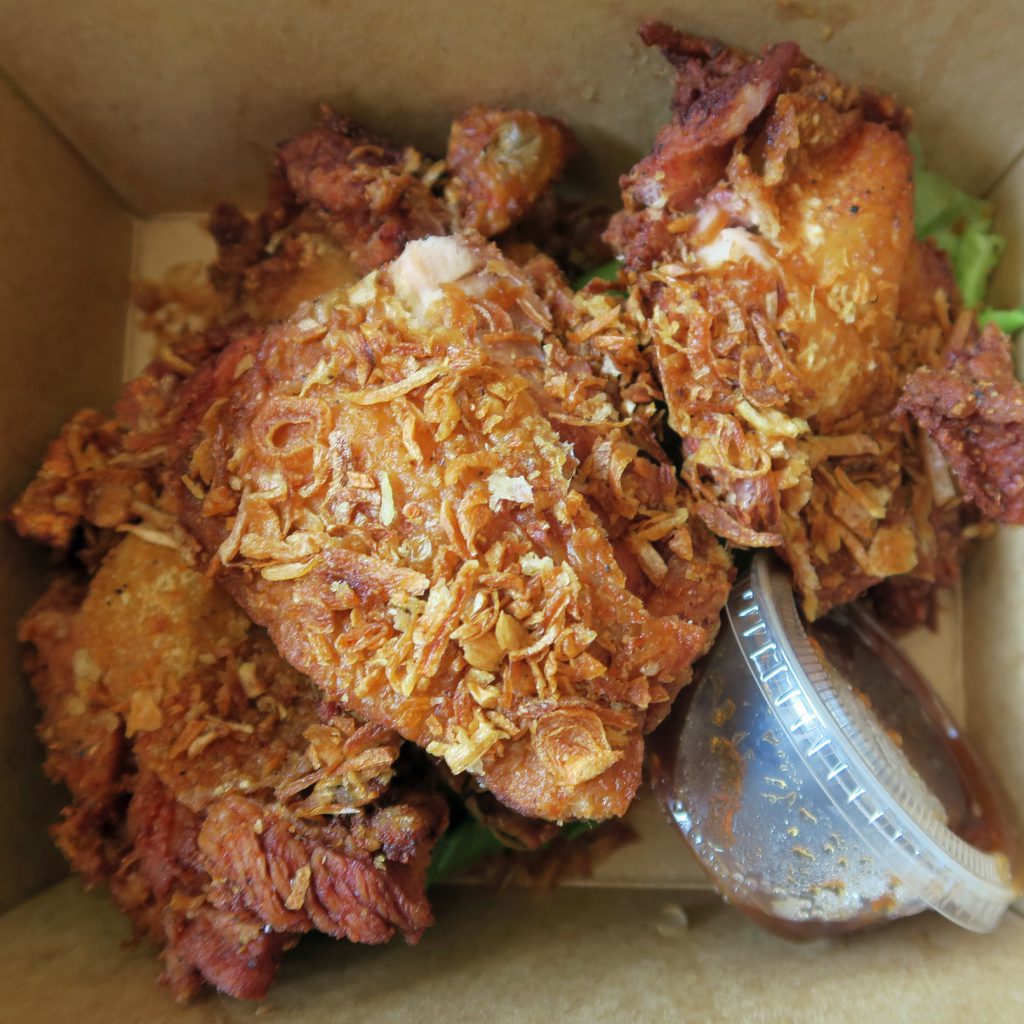
By Kirk K
Isan folks know how to fry up excellent chicken too. The crispy coating is scented with sweet, salty, and savory flavors. They are often garnished with sesame seeds or herbs and served with a dipping sauce that can be super spicy for tender palates.
A meal composed of som tam, gai yanng, and sticky rice is a classic Isanian lunch or dinner.
Moo Ping
Moo ping is skewers of grilled marinated meat, just like shish kebab from Middle Eastern cuisines. It’s typically grilled pork meat and always served with dipping sauce. The tender greasy meat is marinated in a sauce with sweet and salty notes, which is also full of garlic.
Moo ping is the perfect on-the-go meal, but if you’re feeling extra peckish, you can always turn it into a full meal with a cup of sticky rice and a plate of tom.
Sai Crok (Isan Sausage)
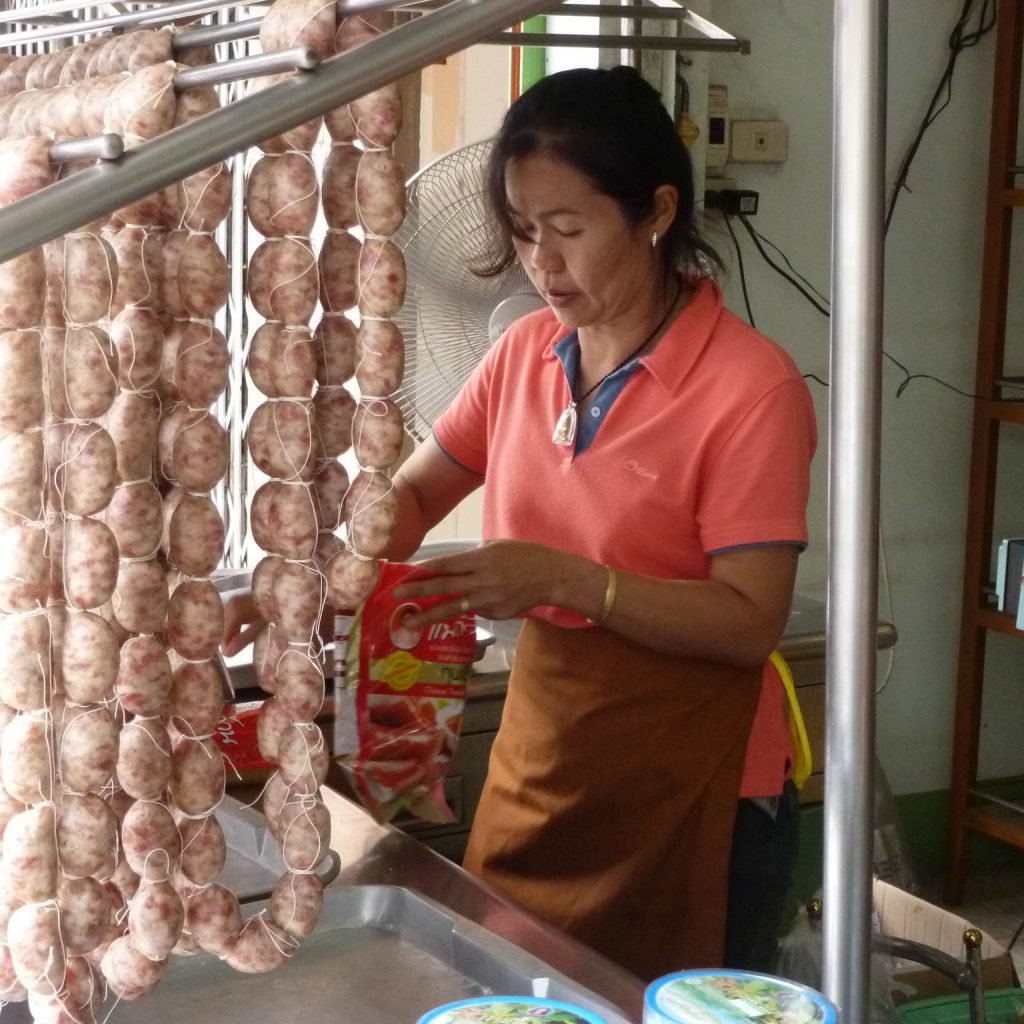
By Tinker&SS
Sai krok is a type of fermented sausage made of pork and rice. The chefs stuff a mixture of meat and rice into casings as a line of small balls, let them ferment for a few days, then grill and serve. It sounds risky, but the garlicky, sour flavor is sublime.
The meaty and funky bite-sized sausage balls are popular evening snacks, typically served with chili peppers, raw cabbage, and slices of ginger.
Edible Insects
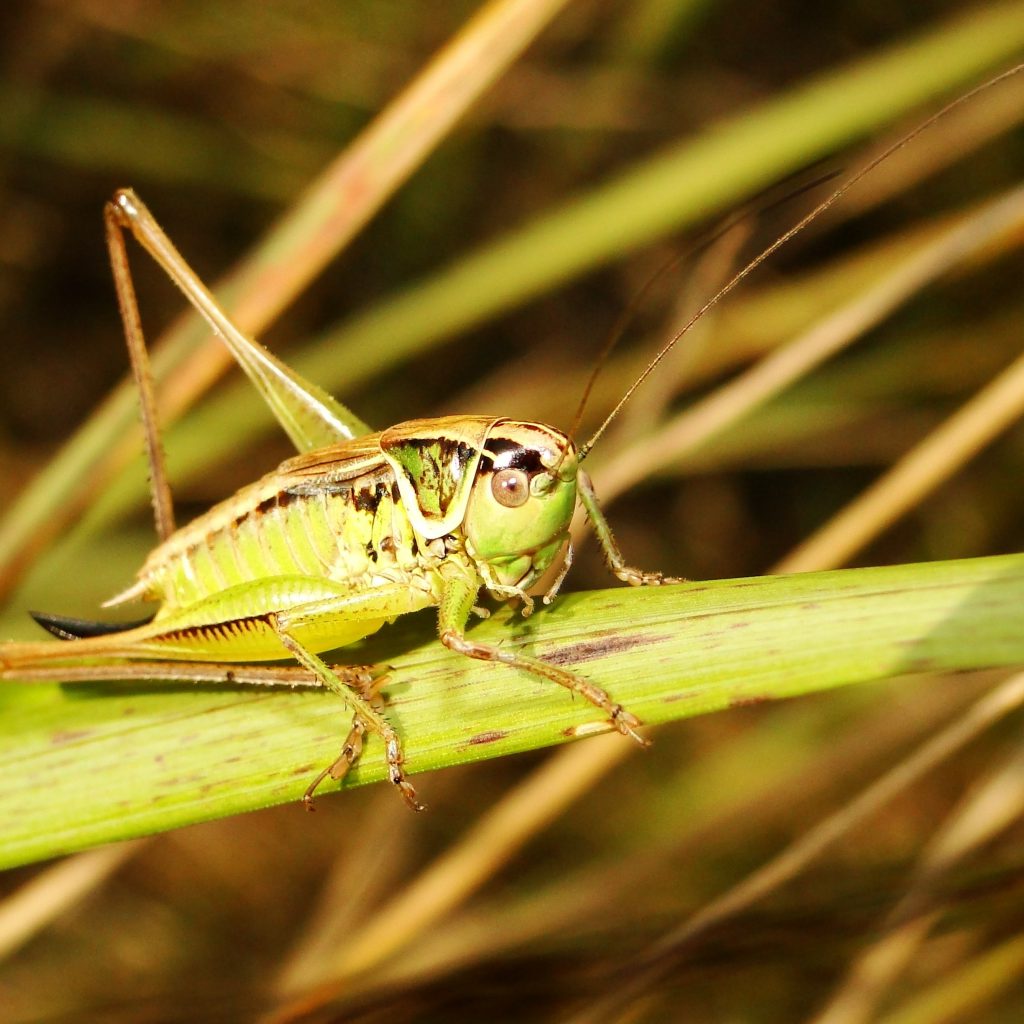
Edible insects are also a staple in Isan cuisine and are a popular snack among rice farmers. They are often deep-fried or grilled and often eaten as a snack or as part of a larger meal.
Some popular dishes that contain insects include toasted grasshoppers served with sticky rice, crickets cooked with chilies and spices, and bamboo worms stir-fried with vegetables. Northeast cuisine is popular in all four regions of Thailand and is a major focus among travelers, particularly first-time visitors.
The Central Region: Bangkok
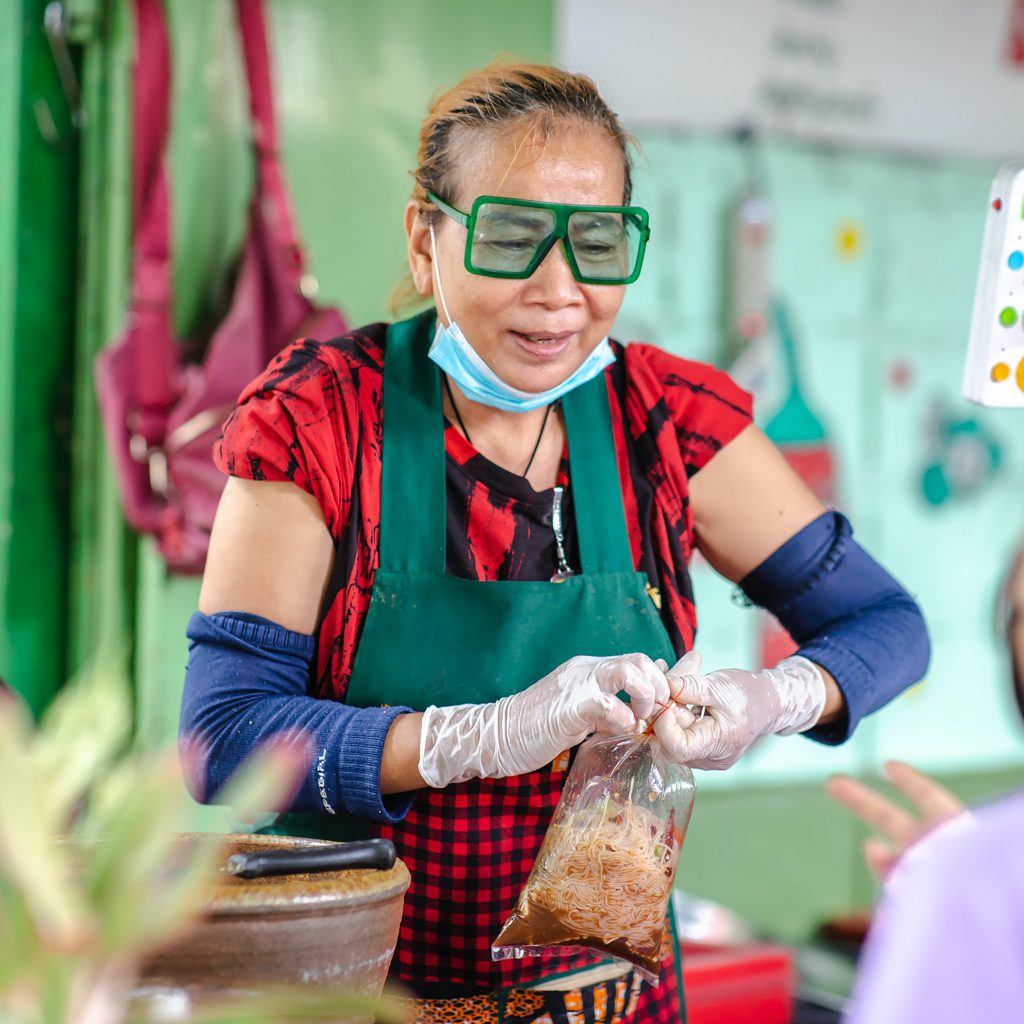
The central region of Thailand, also known as the plains area, is home to a diverse selection of dishes thanks to the mixing of various cultural influences. As the capital and largest city in Thailand, Bangkok is a food lover’s paradise. It is a culinary arts hub with a thriving local food scene that evolves constantly.
Bangkok is not only a city with a rich and vibrant culture but also a place where people can enjoy delicious home-style Thai cuisine, as well as new and innovative dishes that are constantly being created and introduced to the local food scene.
Because the city is quite cosmopolitan, markets and restaurants in Bangkok also offer a wide range of Thai dishes from every region, like spicy soups and curries, fresh seafood, and grilled meats.
Street food is also quite a popular way to eat in Bangkok. You can find colorful vendors throughout the city, particularly in Chinatown and Khao San Road.
And lastly, you’ll find some Royal cuisine dishes that are now gaining popularity as restaurants start to share these previously secret recipes with the rest of the world.
On top of everything, Bangkok also is a great place to get your hands dirty by learning about the cuisine and experiencing it firsthand. You can learn about traditional Thai cooking techniques and ingredients in a traditional Thai cottage or join a cooking class with a market tour where you pick the ingredients yourself or an intensive cooking class for those who want to get serious with their Thai cooking.
Ready to eat your way through Bangkok? Here are some dishes you should taste during your visit to the capital of Thailand.
Pad Thai
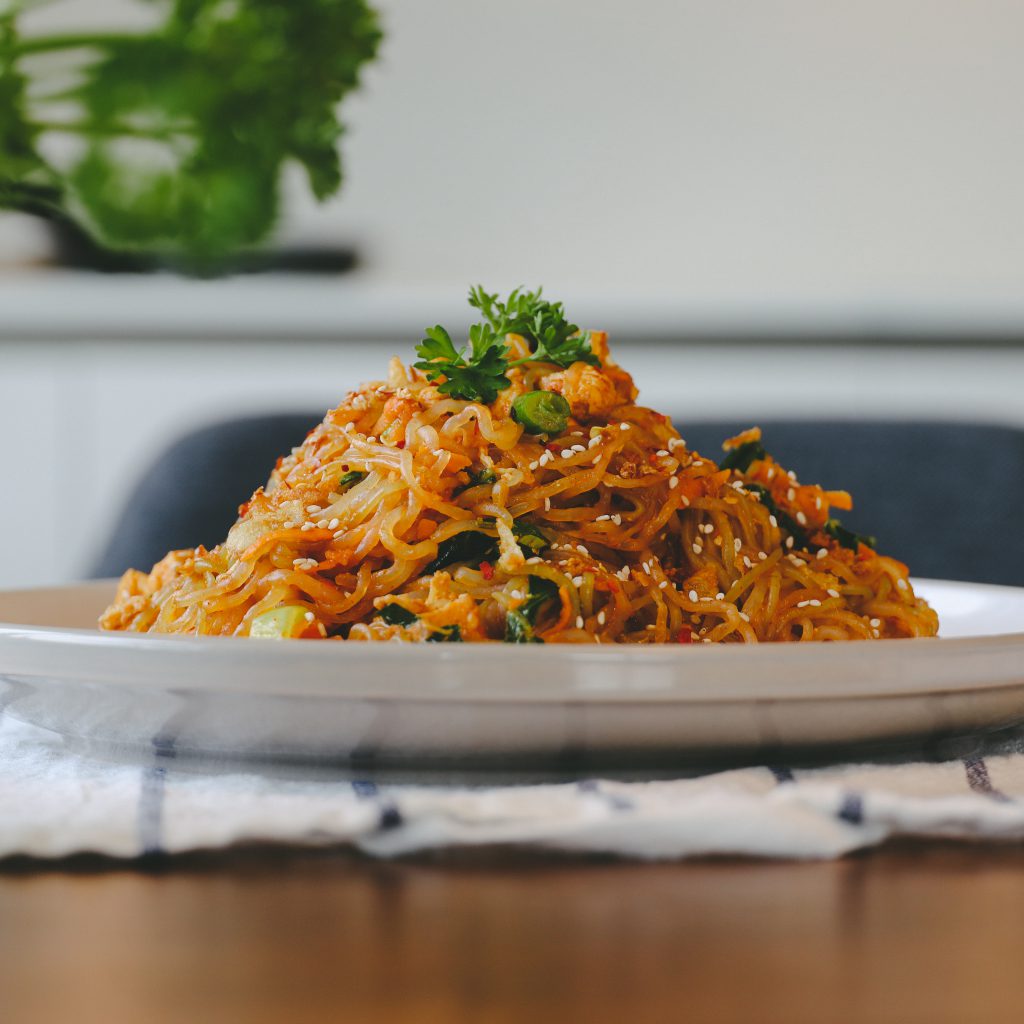
Pad Thai is considered the national dish of Thailand. It was introduced to the country during the Ayutthaya kingdom through Chinese traders. It consists of stir-fried rice noodles mixed with tofu, tamarind, fish sauce, palm sugar, garlic, and sometimes bean sprouts, creating a sweet and sour flavor.
Khanom Chin
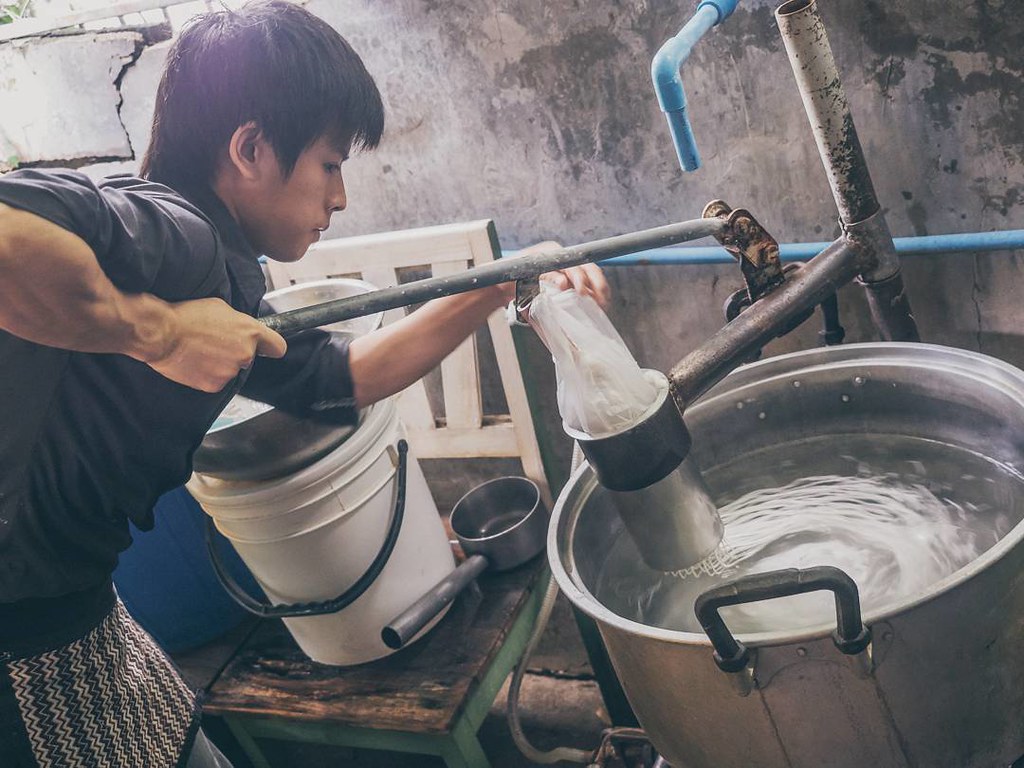
Khanom chin sounds like a Chinese-inspired dish, but it originates from the cuisine of Mon people who migrated from Myanmar.
It’s actually a side dish made of fermented rice noodles. If you travel around Thailand, you’ll see the 3-part ensemble dish composed of snow white rice noodles, a type of curry, and charred veggies with fresh condiments. The combination really brings the fermented rice noodles alive.
Tom Yam
Tom yam is a type of spicy Thai soup. It features a combination of meat or seafood, herbs, and spices. The base of the soup is typically made with chicken, beef, or shrimp broth, and it is flavored with ingredients like lemongrass, kaffir lime leaves, chili peppers, and lime juice. Tom yam is known for its spicy and sour flavor and is often served with a side of rice or noodles.
Southern Thailand: Koh Samui, Koh Chang, and More

Southern Thailand is known for its beautiful beaches, crystal clear waters, and tropical climate. Here, access to a variety of fresh seafood inevitably defines the cuisine. However, the food here is also known for its spicy flavors as it has been heavily influenced by the neighboring Muslim country Malaysia’s cuisine.
There are many events you can immerse yourself in besides enjoying yourself on the gorgeous bays of southern Thailand. Discover the subtleties of wok in Koh Samui, explore the Napali cuisine in Koh Chang, take an intimate cooking class from humble local cooks in Koh Tao, learn to cook with Thai wine in Khao Yai, or get creative with Thai cuisine in Koh Lanta.
Sataw
Sataw, also known as stink beans, are a common ingredient in Southern Thai cuisine, as they grow in abundance in the region. They are often stir-fried with prawns and shrimp paste, creating a dish with a unique, pungent flavor.
It may be an acquired taste, but once you get used to the tangy kick, you might end up craving it. Despite the strong smell, the combination of sour and spicy flavors in this dish makes it a tasty choice for those willing to try it.
Khua Kling
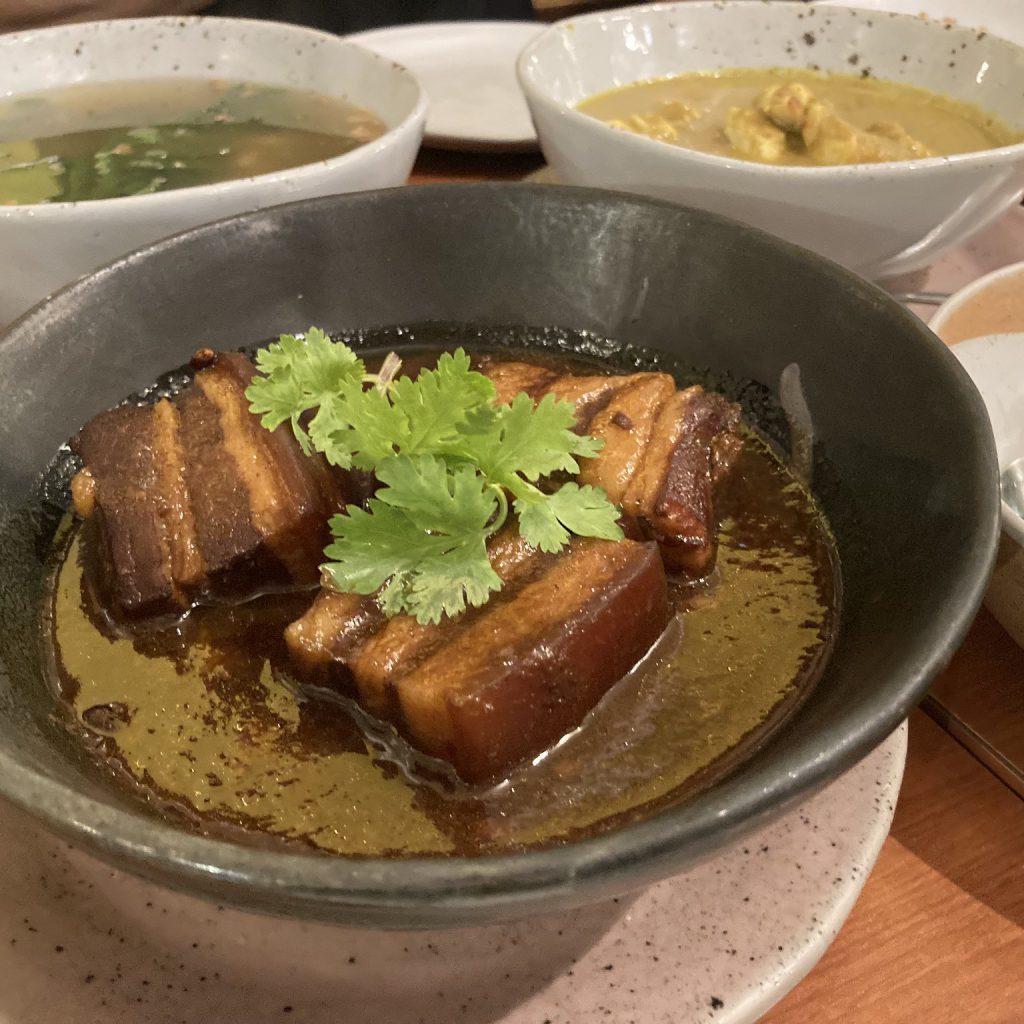
By joone!
One of the signature dishes of Southern Thai cuisine is khua kling, a spicy dry curry stir-fried with diced pork and a generous amount of chilies. It’s extremely spicy and a popular choice among those in the Southern region of Thailand who love bold, fiery flavors.
It is important to be cautious when eating khua kling moo saab, as biting into one of the chilies may make you cry with an intense burst of heat. But if you can handle your spicy food, it’s an adventure waiting for you.
Massaman Curry
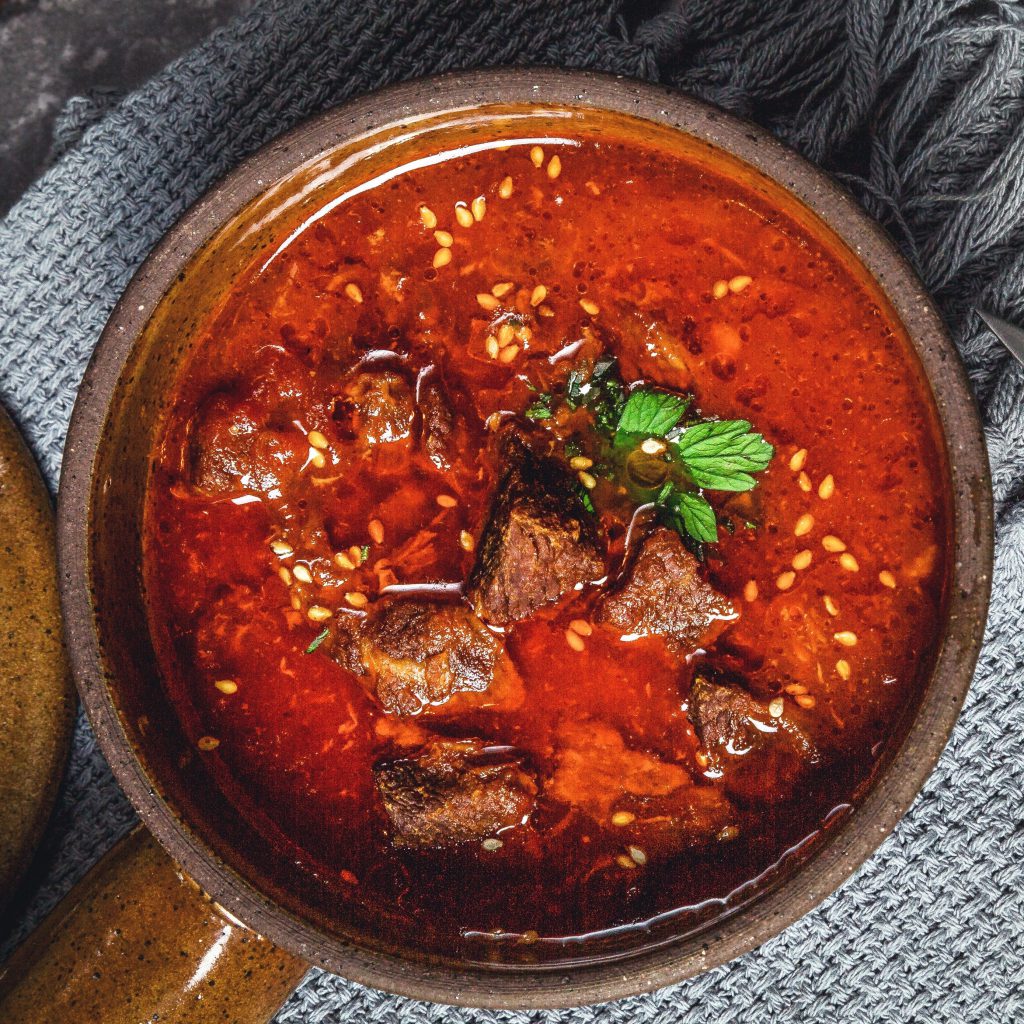
Massaman curry is a type of Thai curry that is typically made with a mixture of spices, such as cardamom, cloves, cinnamon, and cumin, as well as coconut milk and peanuts. It’s often made with chicken, beef, or lamb, but you can also find vegetarian versions. It’s typically served with rice and is known for its rich, creamy texture and mild, slightly sweet flavor. It’s a must-try during your time in Southern Thailand.
Ready to Explore!
Now you’re ready to embark on a culinary adventure that will take you to the heart of Thailand’s vibrant and diverse food culture. From the spicy and aromatic curries to the fresh and flavorful seafood dishes, Thailand is certainly a haven for any foody.
Bangkok and Chiang Mai are the country’s big culinary centers, where you’ll find many gourmet Thai restaurants and the best fusion foods in these capitals. But don’t let this keep you from exploring the dishes in the rest of the country.
The north is famous for its spicy, creamy, and sweet curries, the coastal cities are especially rich in a variety of seafood, and the chefs in Bangkok and Chiang Mai know how to satisfy hungry customers. You can also eat good, inexpensive food in the rural areas of Thailand and discover a regional specialty that the Thai restaurants in the west haven’t exported yet.
In the end, remember that eating in Thailand is not all about food. Thai cuisine is also about the experience. Dining here often involves sharing plates and eating with your hands, so come hungry, open-minded, and ready to get your hands dirty!



